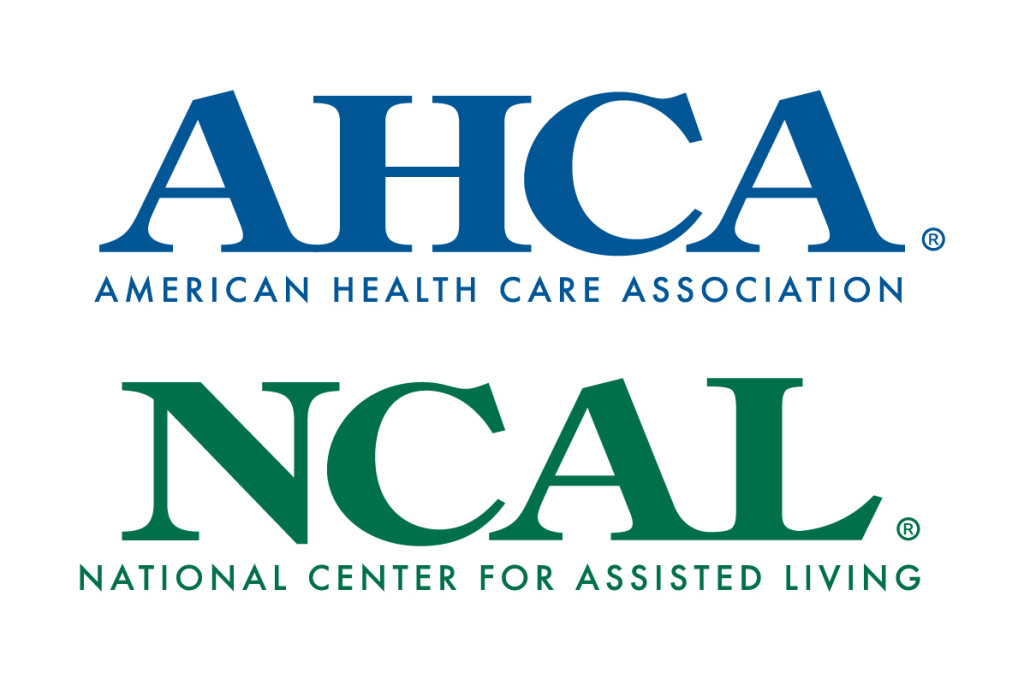Navigating OSHA Recordkeeping: Introduction, Insights, and NEW Regulation

Within long term care, where meticulous recording and documentation are routine practices, the analysis of both resident and employee events takes a central role. Employee injury and illness tracking is governed by the Occupational Safety and Health Administration (OSHA) under 29 CFR Part 1904. This article serves as the first installment of a two-part series on OSHA Recordkeeping. In this initial piece, we introduce the OSHA Standard and cover terms and key insights. The subsequent article will cover the new regulations set to take effect on January 1, 2024.
Introduction to Recordkeeping
At its most basic, the OSHA recordkeeping standard requires employers to keep data on and track each employee injury or illness. An employee injury or illness is generally “recordable” (i.e., must be included on your OSHA 300 and 301 forms) when it is work-related, is a new injury or illness, and results in medical treatment beyond first aid, days away from work, work restrictions, or a job transfer. There are also exceptions to the recordkeeping requirements, such as a cold or flu, which are covered in more detail below. The following is a brief list of common terms and applications of the OSHA Recordkeeping Standard.
- Covered Employers: Most employers, including Long Term Care providers, with over 10 employees must adhere to OSHA’s recordkeeping standard. There is, however, a partial exemption for employers with 10 or fewer employees.
- Recordable Injuries and Illnesses: Employers must record specific work-related incidents, detailed in general recording criteria, which includes but is not limited to, injuries that result in medical treatment beyond first aid, days away from work, work restrictions (like light duty), or transfer to a different job. “Work-related” means that an event or exposure in the work environment either caused or contributed to the resulting condition or aggravated a pre-existing condition. Common exceptions to work-relatedness include an injury or illness suffered when the employee was at the jobsite as a member of the public, like visiting a relative who is a resident, rather than as an employee, 2) symptoms that arise at work but are entirely due to an unrelated event, 3) eating, drinking, or preparing food for personal consumption, and 4) the common cold or flu. The entire list of exceptions is available here.
- Forms: Three forms—Form 300, Form 301, and Form 300A—must be completed. Access official forms and instructions on the OSHA Recordkeeping Forms website.
- Recordkeeping Period: OSHA records are maintained for each calendar year. Records must be maintained for at least five years beyond the covered calendar year, as mandated by OSHA retention and updating.
- Electronic Reporting: Certain establishments have previously been required to electronically submit Form 300A annually through the OSHA Injury Tracking Application (ITA), however this Rule will change effective January 1, 2024, to include additional records that must be electronically submitted. We will cover these updates in the second part of this series.
- Privacy Concerns: Safeguarding individual privacy is important, particularly for logs that can be requested by other employees or OSHA. Employers should review OSHA’s guidance on Privacy Cases for any needlestick injuries or other injury or illness that the employee desires to keep private.
Insights for Effective OSHA Recordkeeping
Complying with OSHA recordkeeping requirements is not only a regulatory obligation but a strategic approach to maintaining a safe and healthy work environment. This section reviews specific insights tailored to the nuances of OSHA recordkeeping in long term care settings.
- Identifying Risks: Long term care communities must understand specific risks inherent in health care work, such as musculoskeletal injuries, infectious disease exposures, and incidents related to resident falls. Precise identification enhances the accuracy of recorded incidents and will help the employer identify trends with employee injuries.
- Work-Relatedness Protocols: Establish clear and tailored protocols for determining the work-relatedness of injuries or illnesses. Given the difficulties of healthcare settings, particularly when identifying illness that are work-related or not, a standardized procedure should be designed to effectively determine causation and recordability.
- Sharps Injuries Reporting and Analysis: Given the prevalence of sharps in healthcare settings, recording and analyzing incidents of sharps injuries should be recorded on both your OSHA 300 log and a separate “Sharps” or “Needlestick” log. Long term care communities should document the circumstances, types of sharps involved, and any follow-up actions taken to prevent future occurrences.
- Temporary Workers Coordination: Collaboration with staffing agencies is common in long term care. Clear communication and coordination mechanisms for OSHA recordkeeping responsibilities ensure that incidents involving temporary workers are accurately documented and reported by either the staffing agency or the long term care community.
- Privacy-Compliant Recordkeeping: Due to the sensitive nature of healthcare information, long term care communities should prioritize privacy in recordkeeping. This involves not only documenting incidents but also safeguarding personal or confidential information in adherence to privacy regulations.
- Regularly Updated Procedures: OSHA regulations and recordkeeping requirements may evolve. Long term care communities should regularly review and update their recordkeeping procedures to align with the latest standards and ensure ongoing compliance.
- Recordkeeping for Continuous Improvement: OSHA recordkeeping isn’t just about compliance; it’s a tool for continuous improvement. Long term care communities can leverage records to analyze trends in injuries and illnesses, implementing targeted measures to address root causes and proactively enhance workplace safety.
Conclusion
In this first installment of our two-part series on OSHA Recordkeeping within long term care, we’ve explored the most basic aspects of the OSHA Standard under 29 CFR Part 1904, but specific cases and situations can be more complicated and will likely require review of the additional information in the links above. Employers in long term care settings must understand that the OSHA recordkeeping is not only required but can be easily mismanaged if OSHA requirements are not appropriately followed and implemented. As we look ahead, our next article will navigate the landscape of new electronic submission regulations set to become effective on January 1, 2024.
Source: AHCA/NCAL
![North Carolina Health Care Facilites Association [logo]](https://www.nchcfa.org/wp-content/themes/nchcfa/images/logo.png)

